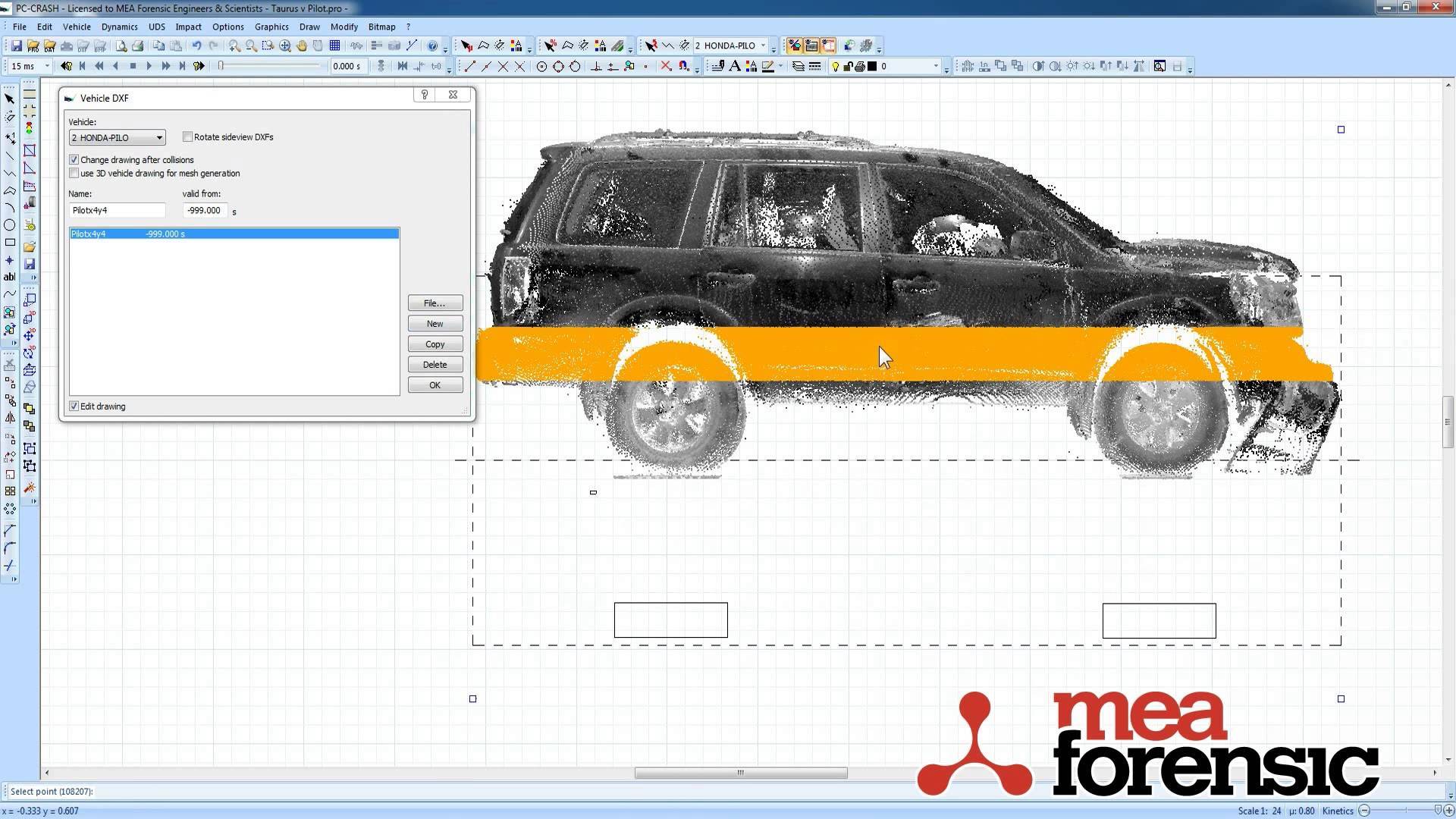


2011 MY modified for reduced intrusion in IIHS small overlap test.2014 Silverado model modified for reduced intrusion in NHTSA oblique offset test condition.The baseline simulation crash tests were performed on the 2014 Honda Accord and 2014 Silverado 1500. The study considered structural reinforcement of driver and passenger sides of the vehicle for left- and right-side oblique offset impacts. The report by EDAG, Inc., describes necessary changes to a vehicle’s structure to reduce occupant compartment intrusion from NHTSA’s oblique offset frontal crash condition, using finite element simulations of vehicle models in NCAP frontal, IIHS moderate offset, and IIHS small overlap test conditions. Structural Countermeasure Research Program Using these buck files together with the seat model provides an accurate representation of the NHTSA test environment so that ATD or human body models can be evaluated in the same conditions. The CAD files for this sled buck are being provided to the public so that modelers can simulate the locations of the external (head restraint and seat back) force measurements from NHTSA tests with both ATDs and post-mortem human subjects (PMHS). Testing with this sled buck has included rear-facing, reclined seating scenarios using a 2019 Honda Odyssey second row seat with integrated belts (the FE model of that seat is also posted on this page). NHTSA’s Vehicle Research & Test Center designed and fabricated a sled buck to allow for occupant biomechanical response evaluations in both traditional and non-traditional seating configurations. All test data along with seat tear down measurements and component testing, factored into the development and validation of the FE model.Īdjustable Sled Test Buck for Multiple Seating Configurations It also includes dynamic tests with appropriate ATDs to evaluate occupant kinematics and injury in high-severity front and rear impact crashes. The FEM include static tests to evaluate 2019 Honda Odyssey second row seat deformation and potential failure mechanisms. NHTSA funded the development of a Finite Element Model (FEM) of seat with integrated seat belts from a recent model passenger vehicle. Simulation results using these dummies demonstrate the performance in left and right NHTSA oblique frontal crash tests. Occupant kinematics, belt loads, and injury criteria results are compared against the existing test results. The vehicle FEM also includes test device for human occupant restraint (THOR) 50th percentile male frontal dummy models in the driver and front passenger seats. The resulting FEM represents a model year (MY) 2014 Honda Accord mid-size sedan. EDAG, Inc., developed a full vehicle finite element model (FEM) including a vehicle interior and occupant restraint systems for the driver and front-seat passenger.


 0 kommentar(er)
0 kommentar(er)
